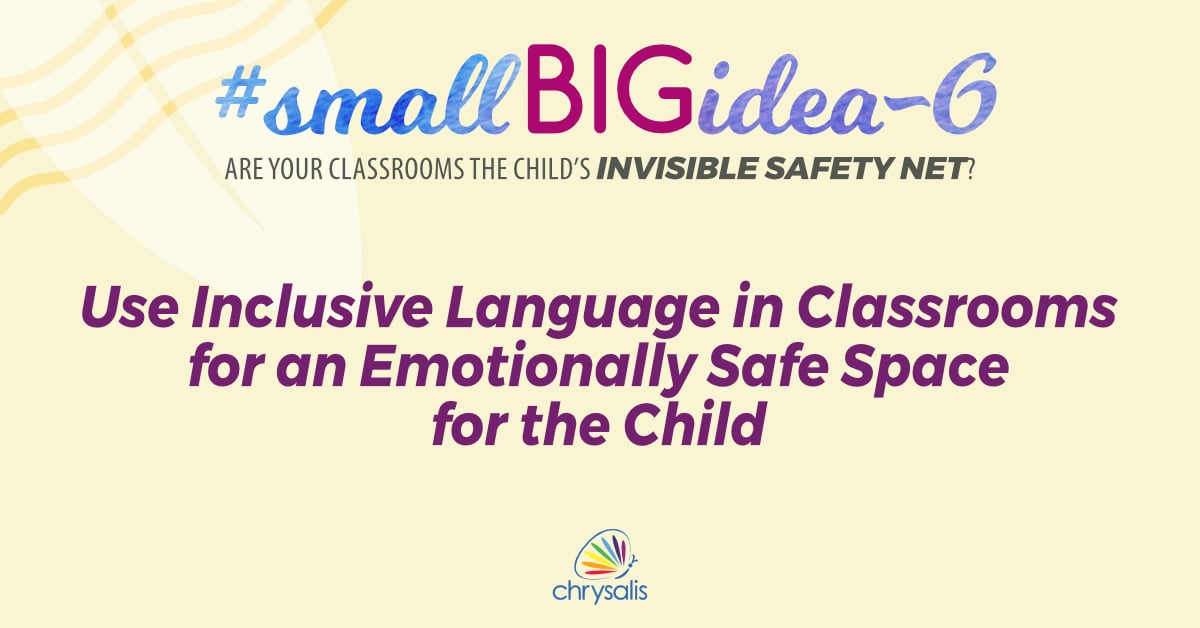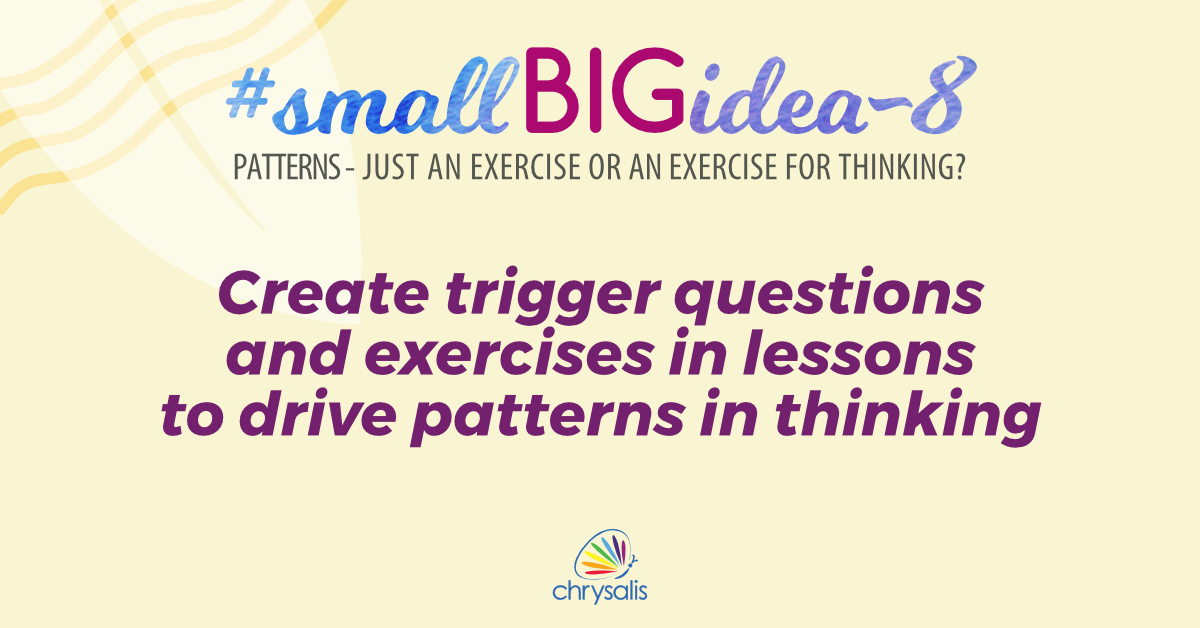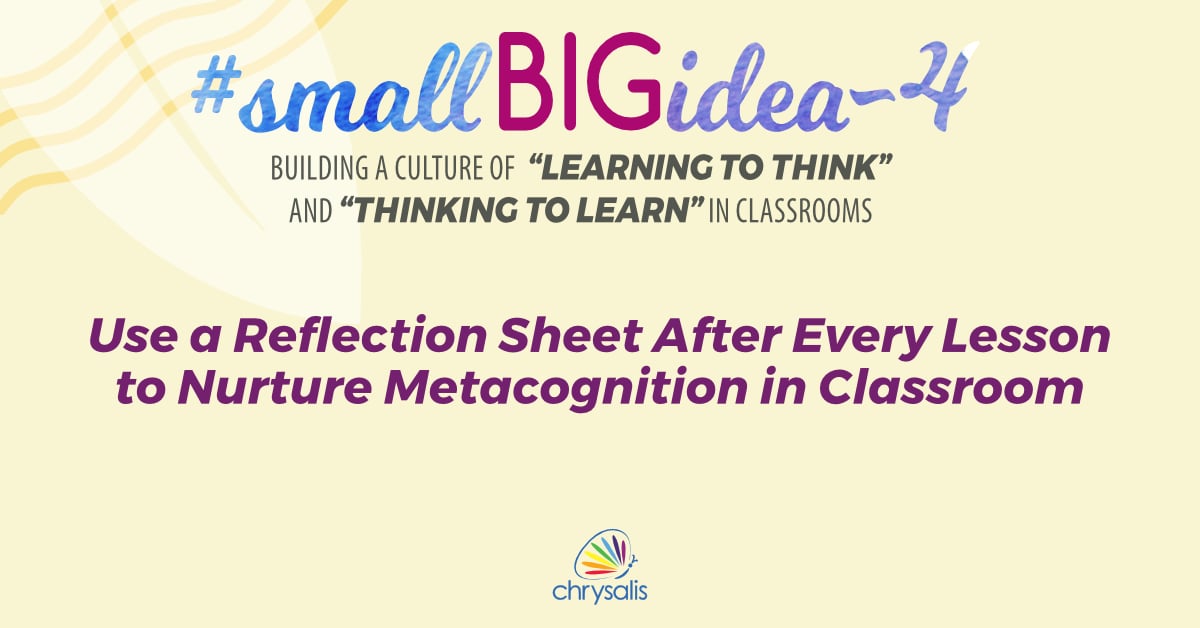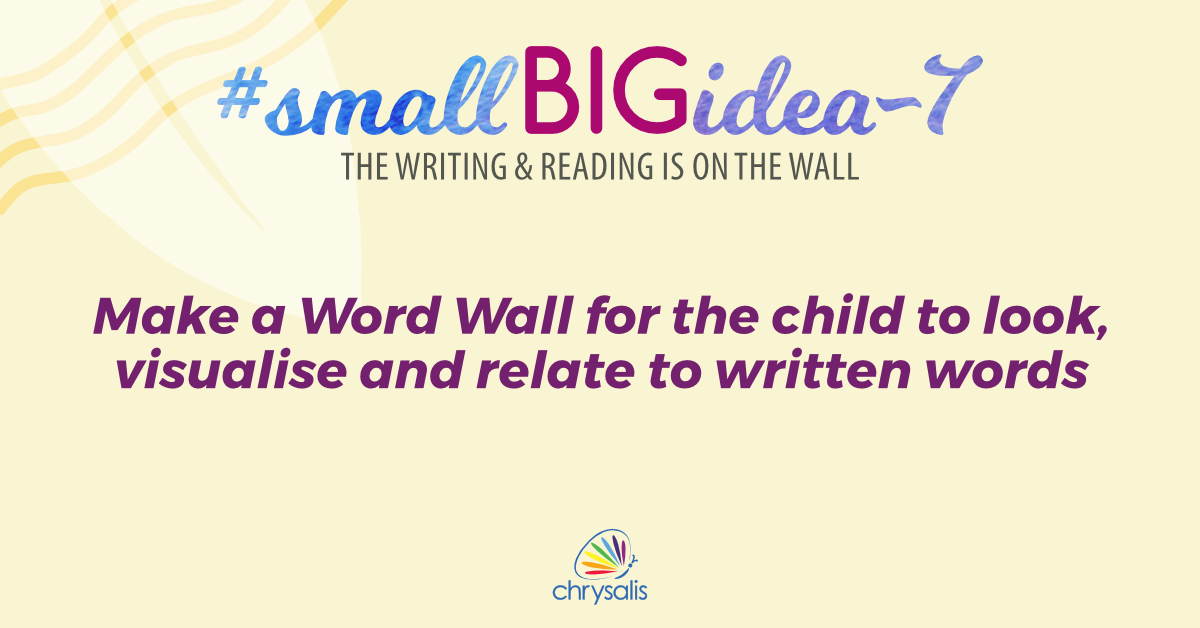
The process of learning begins when a child does not feel judged by her teachers or classmates and fearlessly expresses what she thinks and feels. The way teachers and the adults communicate in a school makes or breaks the feeling of emotional safety for the child.
Good amount of neurological evidence shows that if children do not feel comfortable in a classroom setting, they will not learn. Scientifically speaking, if a child is stressed, parts of the brain that are responsible for processing emotions will react so aggressively that it will physically prevent information from reaching the centers of the brain necessary for absorbing knowledge.
Emotional development of a child is crucial for their cognitive development as well. This implies that every teacher needs to endeavour to create an emotionally safe space in their classroom for every child. This kind of a learning environment is as important as the learning itself. TEACHERS can make the learning environment more predictable, structured, familiar, and thereby, safe.
Curious how to transform your classroom into every child's safety net?
Presenting...#smallBIGidea - 6
Use Inclusive Language in Classrooms
| S.NO | WHAT CAN YOU DO |
| 1 | List down the commonly used phrases or instructions you give to children during a class. |
| 2 | Reflect on how it would make YOU feel if someone were to tell the same to you in a similar tone. |
| 3 | Does it make you happy or uncomfortable? |
| 4 | If you chose the latter, rethink on how you can frame the sentences better. We have already given you some examples in the poster. |
| 5 | You can even do the above as 10 minute activity every staff meeting |
Remember:
1. Use the power of “we” and “us” to bring in inclusivity into your language
2. Watch out your tone and volume. Sometimes the most positive of words can also be lost if tone and voice don’t match it.
3. Ensure that your body language is warm, welcoming and accepting. For eg., open arms Vs closed arms.
Pedagogic “Why” for this #SmallBIGidea:
There is a part of the brain that is dedicated to processing emotions. And a stressful and non-inclusive environment can actually affect the neurons in the brain, inhibiting learning. So, how does one create an emotionally safe space? By allowing students to freely express themselves, and using language that makes everyone feel validated.

An emotionally safe environment has learners who...
- Have a sense of belonging
- Are more open to new thoughts and ideas
- Freely express themselves
- Can assimilate information more easily
- Develop varied interests
- Evenly engage during the session.
Supporting research papers:
- https//:www.edutopia.org/neuroscience-brain-based-learning-emotional-safety
- TheInfluences of Emotion on Learning and Memory ,Frontiers in Pschology, ChaiM .Tyng ,Hafeez U .Amin ,Mohamad N .M .Saadand Aamir S .Malik*





